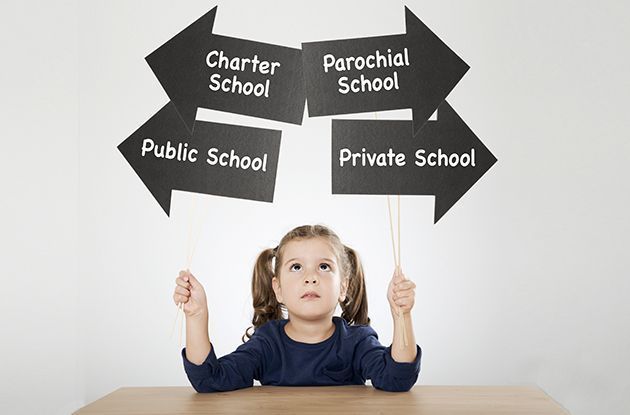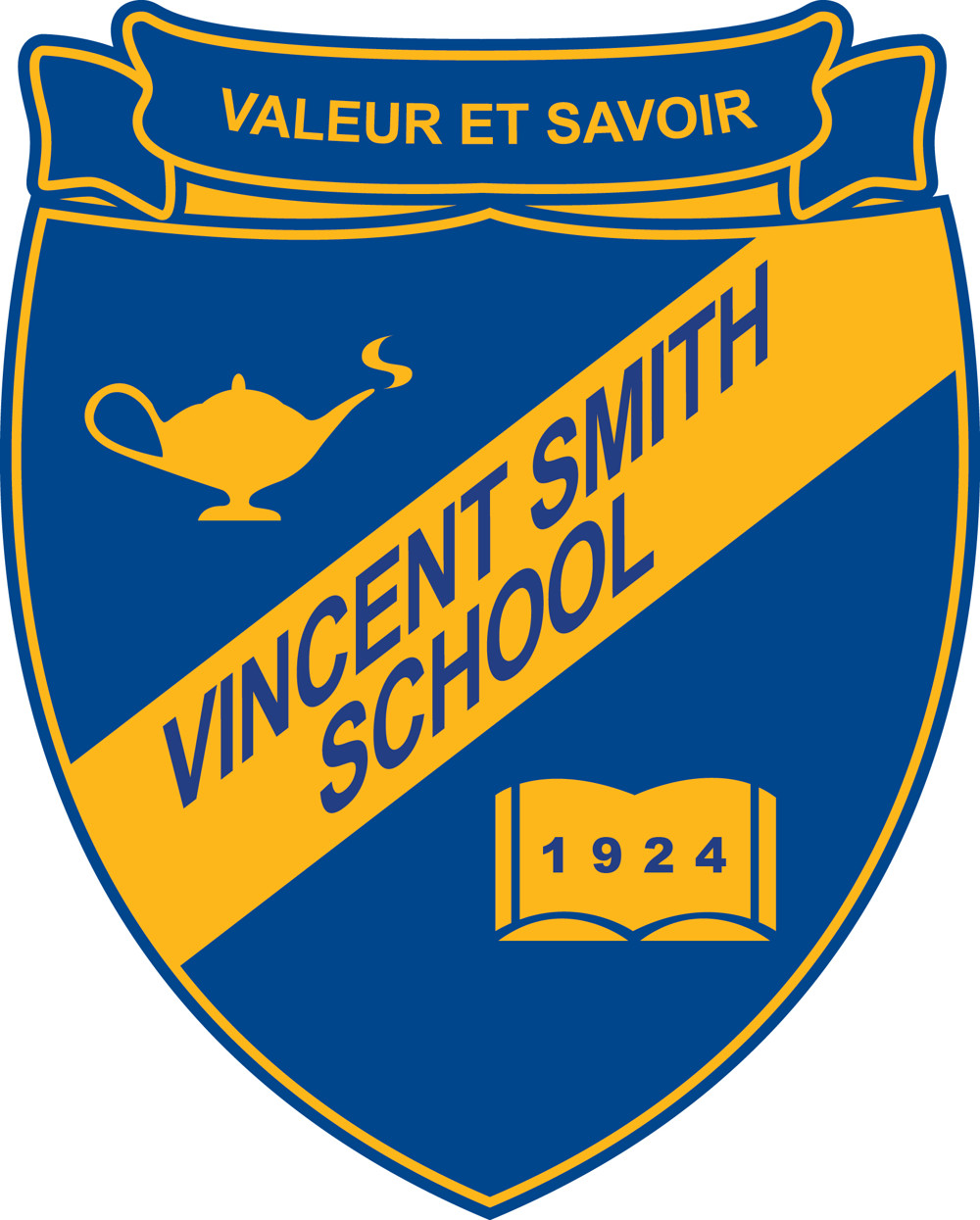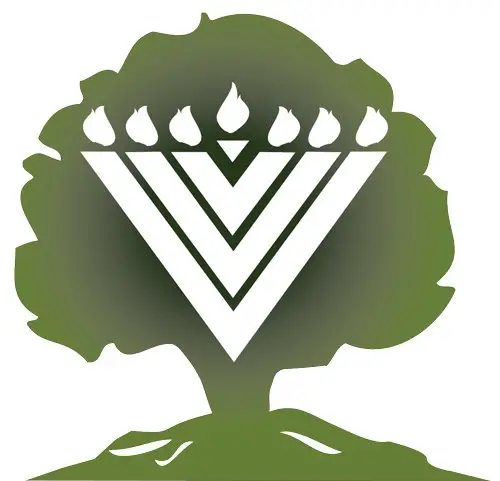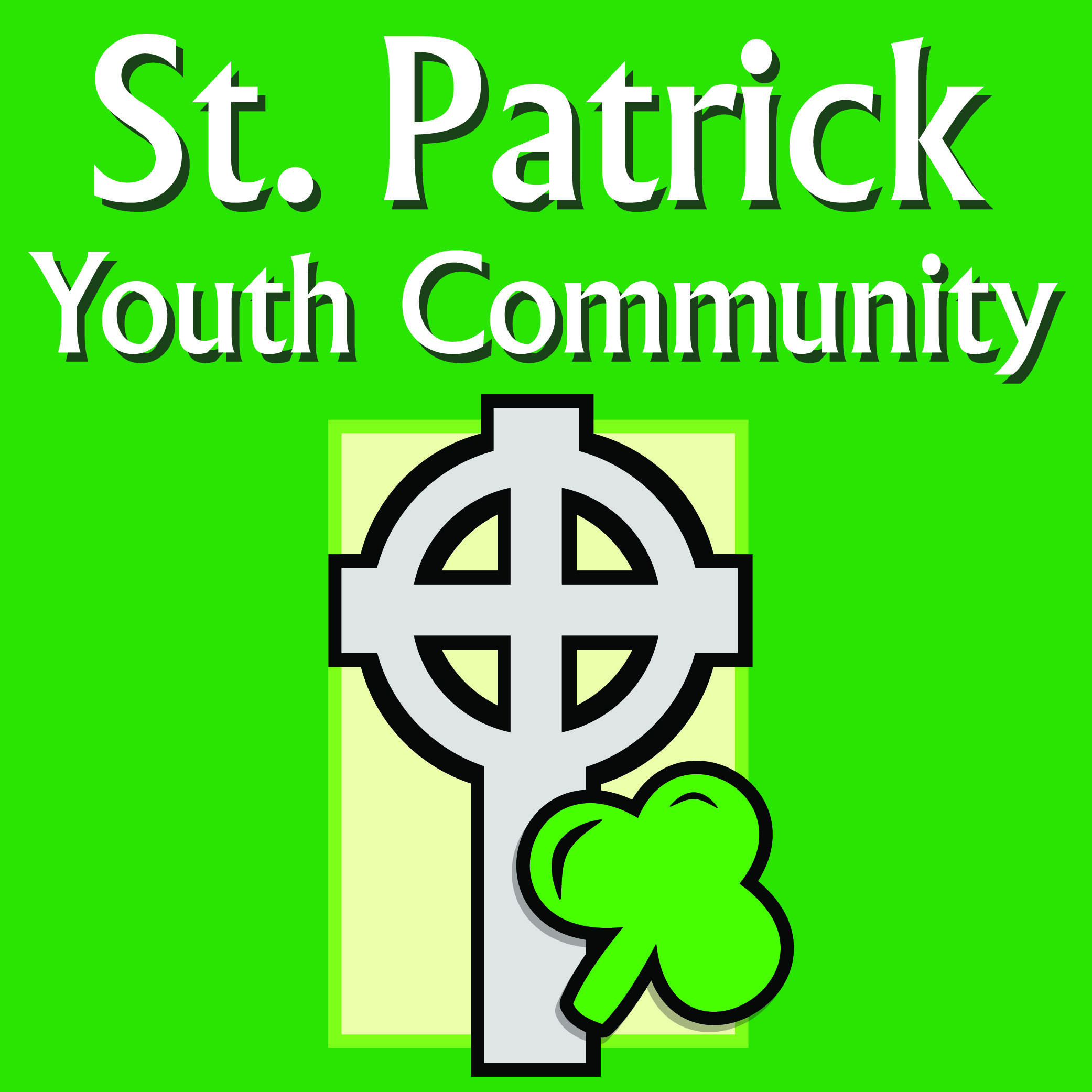Here’s one thing all parents have in common: the desire for their children to receive the best possible education. For parents in the New York metro area, there is no shortage of schools. Parents can choose their local public school or a private or parochial school. In some areas, there are also charter schools, which are publically funded but exist outside the public school system, and for older kids in NYC, specialized high schools, which have an admissions test.
All of these options offer area parents a tremendous advantage and opportunity—but they can also make embarking on the school decision process daunting. Take heart: As Margot Bouman, mom to 10-year-old Nathaniel Hill, comments, “The one thing that my husband and I kept in mind over the whole period was all our choices were good choices.”
In our conversations with five families about choosing a school, we found that the decision required a balance of practical considerations—such as finances, a school’s location, the quality of teachers and programs—alongside their child’s specific interests, needs, and personality. What’s right for one child, and family, is not necessarily the right fit for another. Most likely, your child will wind up at a school that’s a good fit for the whole family, meeting nearly every item on your dream school checklist. If not, it’ll be an opportunity to appreciate the variety of schools available. As Katie Sheehy, a mom of three, councils, “For those people who are not happy—they’re not stuck.”
For inspiration and insight into your own school decision journey, see how these area families navigated the process.
The Parochial School Family
|
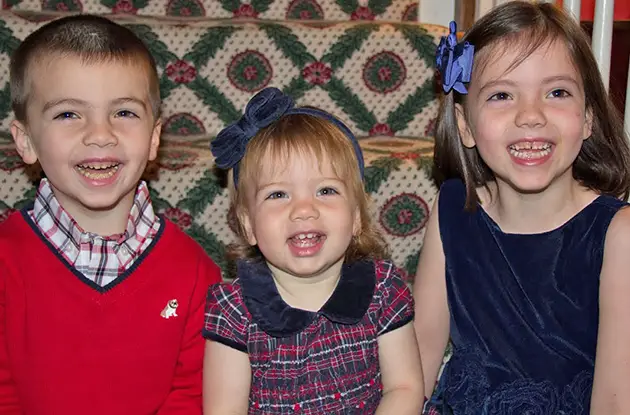
James, Fiona, and Colleen Sheehy
|
Katie Sheehy’s considerations in choosing a school for her oldest daughter Colleen will probably ring familiar to any parent: Sheehy wanted a school that was a reasonable commute from home, with an affordable tuition, stellar academics, and a strong community. Sheehy approached the process with an open mind and a willingness to consider nearly any school—within reason and those important parameters. First, she considered her local public school but felt that for Colleen a “smaller environment was better—she’s a little shy and slow to warm up.”
She spoke with parents in her neighborhood about available schools, did research online, and toured shortlist options—a Jewish nursery school right in her neighborhood, a Catholic school, and a private school. Ultimately, Saint Saviour Catholic Academy in Park Slope, Brooklyn, hit all the marks on Sheehy’s list. (Also, she jokes, unlike some New York City schools, applications are due at a normal date—not when your child is still in the womb.) Colleen started at nursery school, and Sheehy quickly felt connected and welcomed. “It’s a nice small community where people go out of their way to be involved,” Sheehy says. Now, 5-year-old Colleen is in first grade, and her brother, 3-year-old James attends the nursery school. (Sheehy’s youngest, 17-month-old Fiona, has not yet matriculated.)
Sheehy considered many options, not all parochial. While having kids in Catholic school wasn’t a requirement, she appreciates the religious grounding, which provides a spiritual framework and teaches values, as well as reading, writing, and arithmetic. “It’s not the religious Catholicism per se, but that there is also a focus on the child’s whole being, and not just academics,” comments Sheehy, adding that complicated conversations with children can be made easier when you can use parables as shorthand.
Even with her daughter placed in an environment she likes, Sheehy still continues to have an awareness of alternate possibilities. Perhaps it’s the ultimate New York-area dilemma: As Sheehy comments, “There are lots of parts of the country where you go to the local school, and that’s it—you just go. So that’s a benefit of New York, that you have all these choices, but it’s also what causes a lot of stress.”
RELATED: Find a parochial school near you
The Private School Family
|
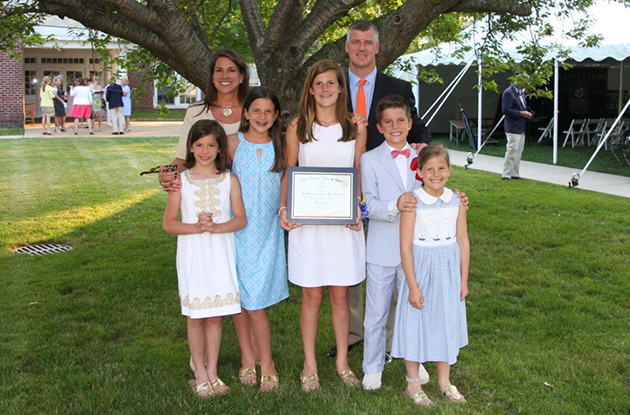
The Bardong family
|
All of Toni Bardong’s children—Bess, 8, Bridget, 9, John, 10, Molly, 12, and Katie, 14—began their education at the local public school in their hometown of Garden City, Long Island. But all five eventually transferred to Green Vale, a nearby private school in Glen Head, Long Island. (Katie, the eldest, has graduated the school, which offers pre-nursery through eighth grade, and now attends Sacred Heart Academy in Hempstead.)
Why the switch away from public school? Although the local schools are strong, Bardong says, “We still just wanted more for our kids.” Private school offered opportunities and advantages that were out of the realm of possibility for a public school, including a flexible schedule that catered to kids and parents. Top of the list: a small class size. In the public schools, “some of the classes may even have 28 kids. It just was too big. We really want that individualized attention for our children,” Bardong says. In many private schools, class size is significantly smaller; at Green Vale, it’s often as low as 12 students per class.
“It allows the teacher to get to know the children, and to work with them. It’s almost like one-on-one individualized attention. They are in constant communication with the parents. And the parents are in constant communication with the school,” Bardong adds.
The school also fosters a strong sense of community. Before the start of every school year, each child is partnered up with another; parents are responsible for arranging a playdate. That way, kids are guaranteed to know at least one other peer on the first day of school—and so are parents. But perhaps what stands out most to Bardong are the special events. “The fields trips are so incredible,” she says. Across the board, Bardong believes that her children are exposed to more—and better—opportunities in private school than at the other options open to them.
RELATED: Find a private school near you
The Charter School Family
When it was time to consider schools for their oldest daughter Gertie, Elizabeth Mandel and Steven Angel were very aware of the advantages they had each received from their own educations: Mandel had gone to a Jewish day school, while Angel attended public school. They wanted Gertie to take Hebrew classes, learn about Israel, and be part of a Jewish community—but they also wanted her to be exposed to a diverse group of peers.
“When we first started looking at schools, we felt like we really needed to choose between those two types of environments and cultures,” Mandel says. Neither public nor parochial school was capable of providing all aspects of the education Mandel and Angel desired—so they sent Gertie, their eldest, to a Jewish day school.
Enter Harlem Hebrew Language Academy Charter School, a school that was not yet accepting applications, and hadn’t even opened its doors. Harlem Hebrew, located in Harlem, offers the standard courses of any elementary school—language arts, science, social studies, etc.—as well as daily Hebrew lessons. Nearly all classes are dual language, taught in both English and Hebrew. When Mandel and Angel heard about the soon-to-open charter school, they realized it would offer “a chance for [Gertie] to be exposed to Hebrew, but also to be in a diverse classroom.”
Putting in applications for a school that had not yet opened was a bit scary, but they are thrilled with the results. Gertie transferred to Harlem Hebrew in 2013, and Mandel describes everyone at the school, from the teachers to the principal to the gym teacher, as phenomenal. Both 8-year-old Gertie, who is in third grade, and 6-year-old Penelope, in first grade, attend Harlem Hebrew now. Mandel is equally thrilled with the school’s diversity—with students from all races and religions in attendance—as she is with her two daughters’ confidence and ability to speak Hebrew with visitors from Israel.
For Mandel and Angel, as for so many parents, a charter school was able to offer a third path, offering the opportunities of specialized private or parochial schools with a uniquely New York twist on public school.
RELATED: Find a charter school near you
The Public School Family
|
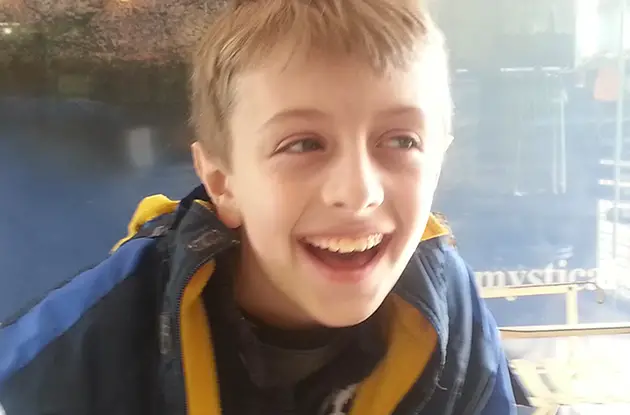
Nathaniel Hill
|
Here’s how Margot Bouman, David Hill, and their son, Nathaniel Hill, figured out where the 10-year-old would go to middle school: as a family, with many conversations and several lists. The process began with a helpful pamphlet from the Department of Education, which was sent home with Nathaniel when he was in fifth grade
“We sat down as a family, and we went through all the possibilities that were open to him, and made a long list of schools,” Bouman recalls. “Those included schools that were in our neighborhood as well as schools that were in the citywide gifted and talented program, as well as schools that you would have to test in.” Armed with all the possibilities, they began attending open houses to get a better sense of the schools.
This led to more conversations about every family member’s opinion of the school, and eventually, a shorter list. After taking tests, a ranked list of schools was submitted—and in the end, Nathaniel wound up getting into his first choice, The 30th Avenue School, Q300, located in Long Island City, Queens. It’s early days, but so far, the family is pleased: Nathaniel is happy and intellectually stimulated, and Bouman loves the ease of communications, and the ability to go online and see Nathaniel’s assignments.
Bouman says the process was a good preparation for the high school application process, and later still, Nathaniel’s applications to college. “On the one hand there’s the anxiety of choice,” Bouman comments, “but on the other hand, we had the certitude that no matter what choice we made, we were only going to choose schools that we could live with as a family.”
RELATED: Find a public school near you
Hindsight: ‘Everything Really Panned Out’
|
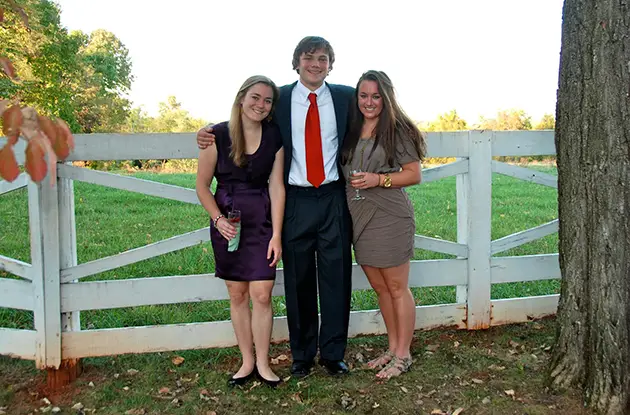
The Testwuide children today
|
It’s not only parents who lead the way in deciding which school is right. Sometimes, a child will know precisely what school suits. That’s the case for Julie Betts Testwuide’s two eldest daughters, Emily and Molly, who sought out ski-focused boarding schools in upstate New York, Colorado, and New Hampshire. After middle school, her son, KC, was initially interested in pursuing a school with a football focus, but then saw the appeal of the Harvey School in Katonah. Betts Testwuide felt a smaller school would be a better environment for him, and “Harvey was just absolutely the perfect match—it was an amazing place for him.”
Betts Testwuide has one major advantage over the other families profiled in this piece: time. Her three children are all adults now, ages 28, 26, and 22. That means she no longer has to wonder, Have I made the right choice? Should I be sending them somewhere different or better?
“Everything really panned out in the big picture for all three of the kids,” says Betts Testwuide, who can look to their successful college careers, and now their professional lives, for evidence. “They all felt good about what they did, and we’re happy with the path we decided on.”
RELATED: Download our free e-book on choosing the right private school for you
Each of these families began with the same goal: placing their child in the best possible school. But from there, paths diverged—some parents valued a spiritual education, while others sought smaller classes, for instance—and no two families followed precisely the same trajectory through the decision-making process. Here, then, is a big advantage of deciding on a school within the New York metro area: Enough possibilities exist that families can pinpoint the perfect school, with no need for compromise on their list of priorities.
